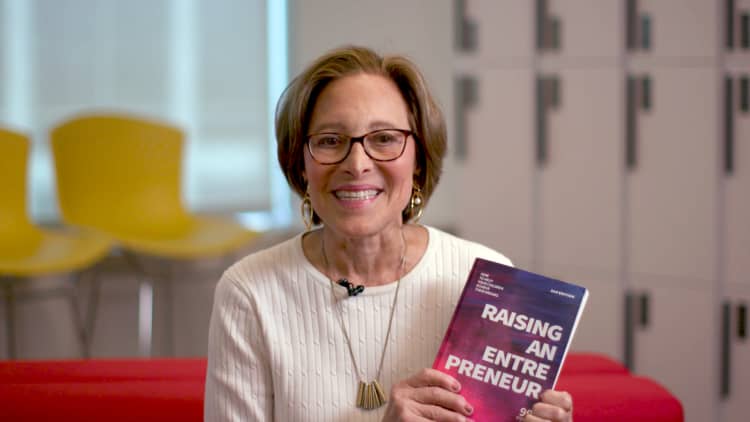
The Sustainable Development Goals (SDGs) were first envisioned as a global blueprint for equitable growth, environmental sustainability, and social progress. Yet, nearly a decade later, the world is falling behind. The world is on track to meet just 17% of SDG targets. Progress on a third of them has either stalled or reversed.
The funding gap to meet the SDG commitments now stands at $4.2 trillion a year; Asia-Pacific alone will need an additional $1.5 trillion annually to meet its targets.
Where can Asia find that money? One answer is from those who hold its wealth.
Today, Asia is home to nearly 40% of the world’s billionaires, with a 141% increase in billionaire net worth over the past decade. The region could tap that money for inclusive and sustainable development.
Yet Asia still struggles to mobilize that capital, due to declining sources of donor support and a fragmented funding environment. That can put long-term, high-impact projects at risk.
This challenge has become more pressing as some sources of funding—like the U.S., which has slashed foreign aid budgets and is reassessing its support for causes like climate change—disappear. For example, the U.S. withdrawal from the Just Energy Transition Partnership for Indonesia, Vietnam, and South Africa, has left a vacuum to be filled.
Asia must urgently rethink its financing strategies to ensure vital social programs can continue, SDG commitments are met, and net zero targets can be achieved. Without a strategic approach to blend philanthropic and private capital, critical initiatives are vulnerable to collapse.
Rethinking finance for SDGs
Asia boasts significant wealth in the form of ultra-high-net-worth (UHNW) and high-net-worth (HNW) families, yet these resources are not being channeled effectively to support the SDGs.
That’s not due to a lack of philanthropic interest among Asia’s rich. Promisingly, as the next generation of leaders inherits vast wealth, they are focused on solving complex problems and exploring holistic investment strategies. They’re considering both grants and investments as ways to preserve their wealth and help society at the same time.
This generational shift in attitude presents an opportunity for fresh thinking on how philanthropy can drive change—especially as global aid funding is retreating.
Asia must rethink how it deploys wealth. Leaders must move beyond traditional, siloed grant-making toward coordinated, long-term strategies that attract both philanthropic and commercial capital. Donors can apply their philanthropic dollars as catalytic capital in public-private partnerships, taking on early risks, such as uncertain returns or longer time horizons, that commercial investors typically avoid. This makes high-impact projects more attractive to commercial investors, ultimately unlocking even larger pools of capital for social good.
This blended finance model—where philanthropic capital is used to attract private investment—offers a potential solution to the SDG financing gap. Wealth holders can use their capital to provide guarantees to unlock capital from commercial investors, offer technical assistance grants to impact projects, or take first-loss positions in investments, which reduces risk and makes high-impact projects bankable, and therefore attractive to commercial investors.
For example, the Temasek Foundation guarantees and derisks loans to smallholder farmers as part of the Sustainable Oil Palm Replanting in Indonesia project launched in March 2025.
But more can be done to better leverage philanthropic capital to attract other sources of funds. Many transactions are too small to appeal to institutional investors. Potential backers aren’t familiar with how to structure effective deals that combine public, private, and philanthropic capital. And more policy support and clearer regulation is needed to align these blended finance initiatives with government strategy.
Governments, development banks and commercial investors must also expand innovative financing models like sustainability-linked loans, social impact bonds, and pooled funds. These mechanisms can attract investment into critical areas like clean energy, education, and healthcare—essential to progress on the SDGs. Sustainability-linked loans, for example, offer lower interest rates for borrowers who achieve measurable social and environmental goals. If widely adopted, such models could provide much-needed capital for underserved areas.
Governments along with their regulators need to consider how to simplify approvals, remove cross-border investment barriers, and derisk investments in social and environmental impact to attract private capital.
Investors need greater transparency and data to assess the effectiveness of sustainable finance models. Reliable information on financial returns and social outcomes will build confidence in these investments. Digital tools can widen access to impact opportunities, especially for younger generations of wealth holders increasingly interested in purpose-driven investing.
Finally, organizations can build an ecosystem for social investment. By connecting diverse stakeholders, fostering trust, and facilitating strategic partnerships, they can funnel resources where it’s most needed. For example, AVPN has tried to bring together Singapore-based family offices and relationship managers at private banks to mobilize capital for causes in Asia.
How to unlock Asia’s philanthropic potential
Asia now has a unique opportunity to lead global efforts in reshaping sustainable finance. The upcoming International Conference on Financing for Development (FFD4) is a key moment for the region to influence how capital can support sustainable development worldwide.
Delaying action in embracing regulatory reform and innovative finance models could result in lost opportunities when funding is needed more than ever. As traditional development finance shifts its focus away from emerging markets, Asia must take charge—not only by increasing investments but also by driving policy changes that support long-term, scalable impact.
Asian models of philanthropy hold the potential to lead the charge for change. Addressing the SDG financing gap requires strategic and collaborative funding. By using its wealth more effectively, Asia can reshape sustainable finance and ensure that development goals are met.
The opinions expressed in Fortune.com commentary pieces are solely the views of their authors and do not necessarily reflect the opinions and beliefs of Fortune.
This story was originally featured on Fortune.com
Credit: Source link













